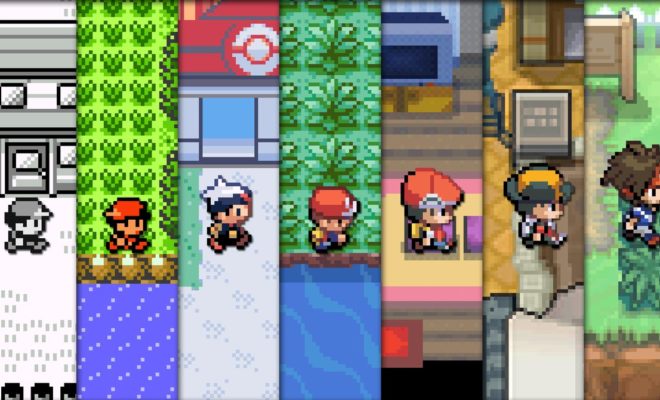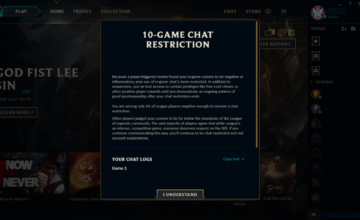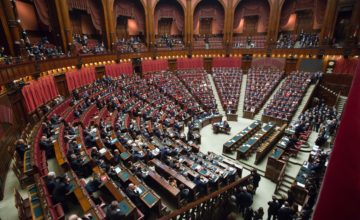Originally called Pocket Monsters, Pokémon has been around for years. It celebrated its 20thbirthday in 2016 and has created quite a fan base for itself with its vast range of creatures and loveable characters. Spanning movies, manga, anime, and more, Nintendo has definitely created another name for itself with this beloved series. Pokémon games and merchandise always fly off the shelves with every new release and this is no exception for the most recent games of the mainline series, “Pokémon Let’s Go Pikachu” and “Pokémon Let’s go Eevee.” These games are a “remake” of the original red, blue, green, and yellow versions, especially yellow with the feature of getting a unique Pokémon that always stays with you. In light of the newest release, I thought it would be fun to look back on all the past mainline games and how Nintendo has gotten to this point, covering regions, Pokémon, and story. Spoilers ahead!
Generation 1

First Releases: Red, Blue, Green
Special Release: Yellow
Remakes: LeafGreen, FireRed, Let’s Go Pikachu, Let’s Go Eevee
Villainous Team: Team Rocket
Pokemon added: 151
Region: Kanto
The Kanto region featured several simple goals of defeating 8 gym leaders, the villainous team Rocket, your rival, and the Elite Four. They’re really the only games in the main series not to feature the Legendary Pokemon (unique, one per game Pokémon, that are generally pretty powerful) on the front cover of the games and to focus the story around them.
Generation 2

First Releases: Silver and Gold
Special Release: Crystal
Remakes: HeartGold, SoulSilver
Villainous Team: Team Rocket
Pokemon added: 100
Region: Johto
The next generation introduced us to a story focusing on the two legendary birds and three legendary beasts. This was the first generation to start the trend of a featured legendary per main series game. If you don’t count Pokemon Yellow, this is also the first gen to officially begin the trend of adding a third game to the generation that is basically the same game but with a few differences in story. These games were also the only games that allowed the player to travel to two regions, the second region being Kanto.
Generation 3

First Releases: Ruby, Sapphire
Special Release: Emerald
Remakes: OmegaRuby, AlphaSapphire (ORAS)
Villainous Team: Team Magma and Team Aqua
Pokemon added: 135
Region: Hoenn
This game continued with most of the main features of the games, but added some new additions, like Pokémon abilities. And this time the story presented two new and distinct villainess teams instead of one. The two were pitted against each other and you dealt with one team more than the other depending on the game you picked. This is the first generation where the bad guys planned on using the featured legendaries for their evil schemes, but that continues throughout the rest of the games. Pokémon Emerald was the third game for this gen and allowed you to get all three cover legendaries in game.
Generation 4
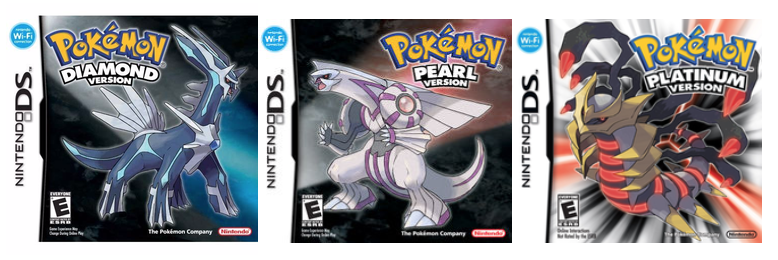
First Releases: Diamond, Pearl
Special Release: Platinum
Villainous Team: Team Galactic
Pokemon added: 107
Region: Sinnoh
So far, the Sinnoh region of Pokemon Diamond and Pearl is the one of the only generations to not have a remake, but it does have a third game in Pokemon Platinum which added quite a bit of new content. Team Galactic is the evil team for this generation, with the story following their meddling of the legendaries and of time and space.
Generation 5

First Releases: Black, White
Sequels: Black2, White2
Villainous Team: Team Plasma
Pokemon added: 156
Region: Unova
Generation 5 brought the first region not based off a location in Japan. It is instead based on the United States. They’re also the first games to have sequels as opposed to “remakes”. Because of this, they do not have a third, slightly altered version like the past generations. The sequels use the same Pokémon, the same team Plasma, and most of the same characters, but change the story, the main protagonist (the player’s avatar) and even reference events in the previous games. Another first of the Pokemon series presented here is the idea of Pokemon Fusion, which is the main plot point of the sequel games. But the main story of these games features the team set on “liberating” Pokemon from their “captors” and ruling the region.
Generation 6
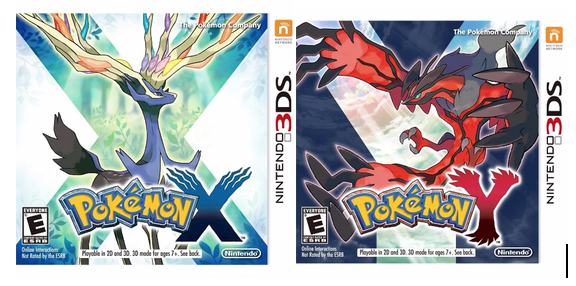
First Releases: X, Y
Villainous Team: Team Flare
Pokemon added: 72
Region: Kalos
Pokemon X and Y released the smallest number of new Pokemon at 72. The Kalos region was based off of France with its own Eiffel Tower, better known as the Lumoise City Gym. So far these are the only games to not have any sort of follow up. They have no remakes, no slightly altered third, or sequels. They stand completely alone but are the first game to allow character customization with boutiques littered throughout the map, and are the first “3D” title. These are also the games to introduce Mega Evolutions with Omega Ruby and Alpha Sapphire coming out after them to tell the origin story. Team Flare makes a suave appearance in the slightly confusing and time spanning story, while the player acquires the most in-game friends.
Generation 7

First Releases: Sun, Moon
Sequels? Ultra Sun, Ultra Moon
Villainous Team: Team Skull
Prominent Organization: Aether Foundation
Pokemon added: 81
Region: Alola
Revisiting the United States, the Alola Region is based off the islands of Hawaii and adds 81 new Pokemon to the franchise, bringing the current reigning total to 809. As of right now, this is the latest region carrying us to Generation 7. These games brought a lot of firsts to the Pokemon world, adding Alolan Forms, Legendary Pokemon evolution, Ultra Beasts, and Island Trials and Kahuna’s instead of Gym Leaders. Sun and Moon came first, following the story of the player and their friend Lillie who found a strange Pokemon. This ties into Team Skull and the Aether Foundation. Both are not quite what they seem and play a crucial role to the story. However, Ultra Sun and Moon are different. They’re not quite sequels, or altered third versions, but more of a different timeline. Most of the stuff is the same, but instead this story focuses on alternate dimensions and worm holes, as well as another instance of Pokemon fusion. Generation 7 is the only generation to have Z-Moves and to add new Pokemon to the same region upon the “second release”.
Kanto 3.0
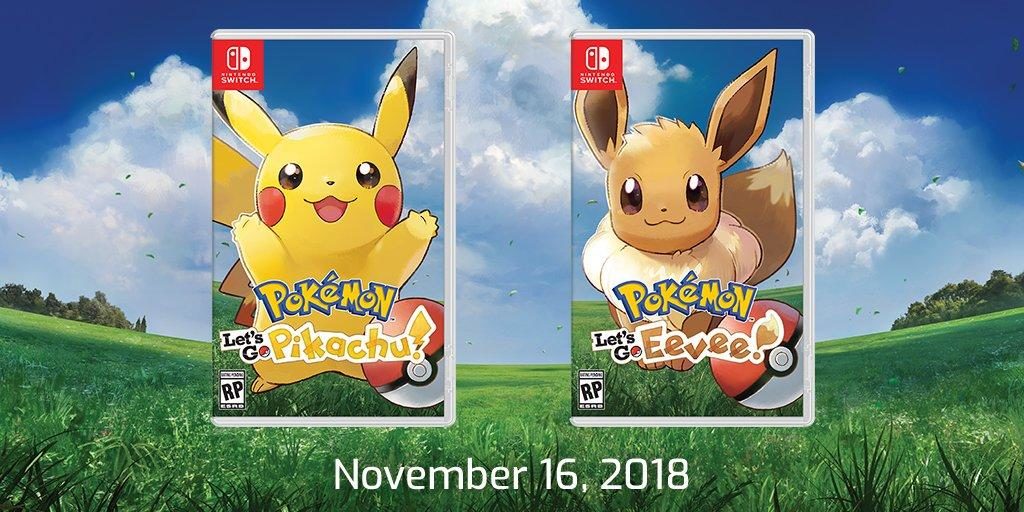
And all of that brings us full circle to Generation 1. Let’s go Pikachu and Let’s Go Eevee follow mostly the same story of their predecessors but change up some things here and there. The main difference is that the games are supposed to connect with the Pokemon Go crowd, so the games are compatible with that and no longer allow the player to fight in wild encounters. Some new characters were also added and some of the areas were taken away. And despite being a remake, the games do not feature all 809 Pokemon but revert back to the original 151 only. The Alolan forms are available, though. Team Rocket comes back to be the star villains, and the focus of the game is placed on the bond you create with your special starter Pokemon, Pikachu or Eevee, based on your game. These games also allow your Pokémon to follow you in game, like in Pokemon Yellow, HeartGold, and SoulSilver.
It’s easy to tell that the latest releases of Pokemon Lets Go Pikachu and Let’s Go Eevee are trying to get new players into the franchise. The games are significantly easier than before, and they got rid of core mechanics to replace them with Pokemon Go mechanics. So, it may not be the best for hardcore players and fans, but it is something nice to hold us over until Generation 8 (hopefully) comes out.

